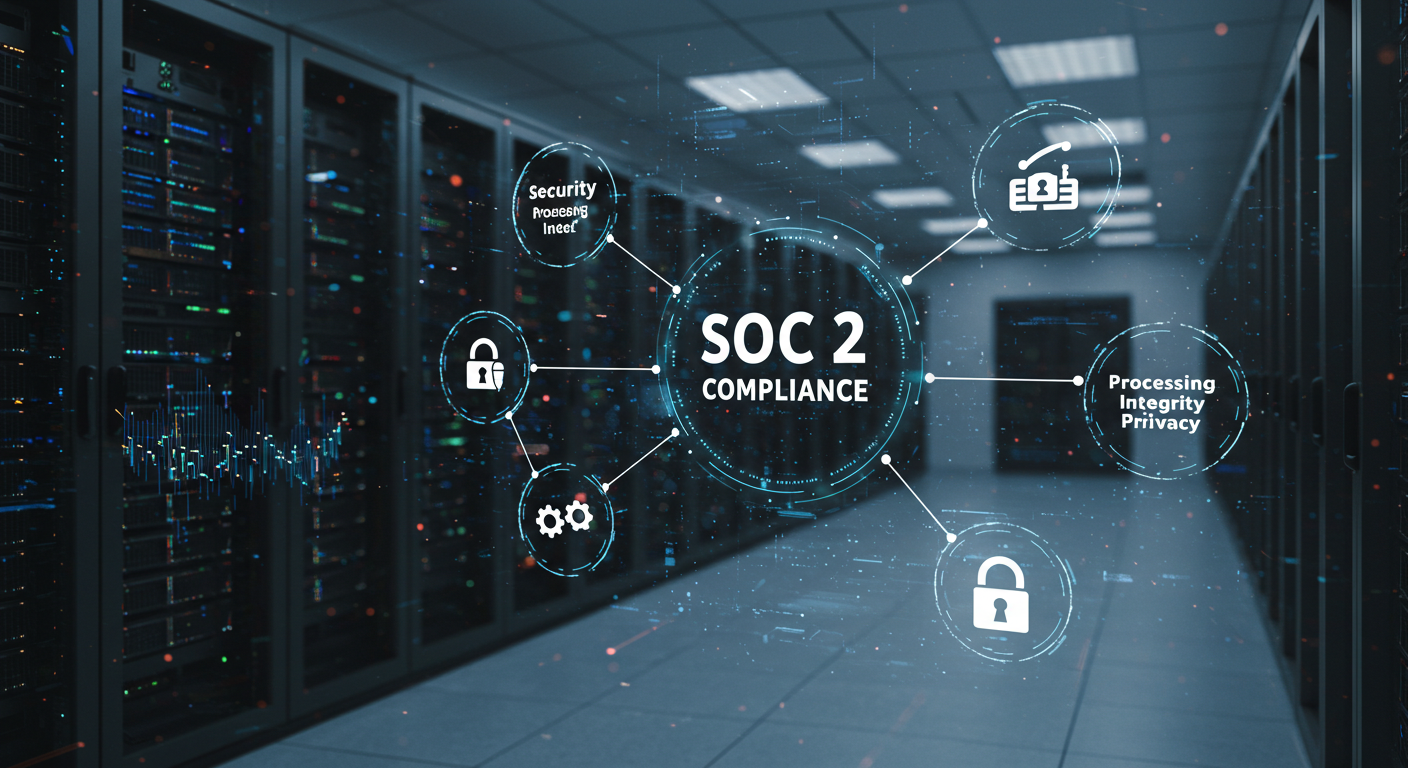These days, keeping government information safe is super important. That’s where the NIST 800-171 rules come in. NIST stands for the National Institute of Standards and Technology. The 800-171 guidelines were created to protect Controlled Unclassified Information (CUI), which is sensitive government data that needs extra security, even if it’s not officially top-secret classified.
These NIST guidelines apply to any company dealing with CUI for federal agencies like the Department of Defense or the General Services Administration. If you’re a contractor, subcontractor, or somewhere in that supply chain working with CUI, you have to follow 800-171.
The consequences of non-compliance simply can’t be overstated. We’re talking about potentially losing out on millions or even billions of dollars worth of federal contracts. For many companies, that money is a vital lifeblood that keeps them afloat. Jeopardizing that through sloppy security practices is just far too risky.
Government agencies also have a vested interest in only awarding these sensitive, high-value contracts to proven trustworthy companies. They need to have full confidence that controlled unclassified data will remain secure and protected at all times. That’s why demonstrating comprehensive NIST 800-171 compliance has become a strict requirement.
The 14 Families of Requirements
At the heart of 800-171 are 14 different categories of security requirements that companies need to meet. It covers all the bases for complete data protection.
- Access Control: Rules for limiting and monitoring who can access sensitive info
- Training: Teaching employees how to stay security aware and respond to threats
- Auditing: Keeping detailed logs of security events and incidents
- Configuration: Securely managing all system settings and changes
- ID & Authentication: Verifying identities of people/systems accessing data
- Incident Response: Having a plan ready for quickly dealing with security breaches
- Maintenance: Keeping systems securely updated and protected over time
- Media Protection: Securing physical devices/drives that store sensitive data
- Personnel Security: Background checks to ensure trustworthy, reliable staff
- Physical Security: Controlling access to facilities housing sensitive systems
- Risk Assessments: Identifying potential vulnerabilities and threats
- Testing Controls: Checking that all security measures work
- Network Protection: Securing communications and data transmission
- System Integrity: Ensuring systems and data remain uncorrupted
These 14 areas create a kind of multi-layered, defense-in-depth approach to security. By covering so many different angles, from personnel vetting to facility access restrictions to data encryption, it reduces the overall risk significantly.
Even if one layer was compromised somehow, there are many other safeguards still in place to limit the damage and prevent breaches from spreading rampantly. It’s about implementing a holistic, all-encompassing security program.
Beginning the Compliance Journey
So how do companies start down this 800-171 compliance path? First is taking a long, hard look at where they currently stand through a gap analysis.
For the gap analysis, companies go through that big list of NIST requirements section by section. They check off the things they already have proper measures for. But they also make a list of any gaps between the requirements and their current security practices and setups.
This analysis shines a light on the vulnerabilities that need to be fixed to become fully compliant. It gives companies a detailed map and checklist of areas requiring improvement.
With the gap analysis done, companies can then create a real plan of attack to address those gaps and weaknesses. This plan lays out specific actions, deadlines, and resources needed to implement new security controls, update policies, and deal with discovered risks.
The plan has to be customized for each company based on their size, systems, the types of CUI involved, and other factors. But it provides crucial step-by-step guidance for reaching full 800-171 compliance.
Oftentimes, this initial gap analysis and planning stage reveals that a company has a LOT of work ahead of them. The NIST requirements are so comprehensive that most find huge gaps between the standards and their current security program, especially if security wasn’t previously a top priority.
It can be overwhelming to see just how many holes need plugging and how much needs to change across policies, training, technology, and cultural practices. But that’s exactly why breaking it down into a systematic, step-by-step plan is vital from the start.
Implementing NIST Requirements
With that action plan set, companies can start bringing their security programs into line with the NIST guidelines. This huge implementation process covers many different areas:
- Policy Updates: Companies review and rewrite their security policies to accurately match the 800-171 control requirements. New policies get created too.
- Security Training: Comprehensive training is provided to teach staff things like:
- Proper data handling procedures
- How to recognize and respond to threats
- Their roles in keeping data secure
- New Tools & Controls: Companies invest in additional tools and controls mandated by 800-171 like:
- Access control systems
- Data encryption
- Network monitoring
- System backup and recovery
- Vulnerability Remediation: Any vulnerabilities flagged in the gap analysis, like unpatched software flaws or weak system configurations, get prioritized for remediation.
- Security Awareness: A big focus is raising security awareness amongst all personnel. This includes:
- Clear communication of security responsibilities
- Making security issues a shared top priority
- Cultural Transformation: The overall aim is to transform the company culture into one where security is second nature and ingrained into all processes and ways of thinking. It’s about:
- Moving beyond bare minimum check-box compliance
- Understanding the reasons for each control
- Embedding secure habits and mindsets company-wide
Depending on the size of the company and the extent of updates required, this implementation phase can take months or even years to fully complete. It’s a marathon, not a sprint, as companies methodically work through their planned tasks.
Having an experienced project manager and governance team overseeing the effort is key. They ensure tasks stay on track, mitigate roadblocks, allocate resources properly, and maintain consistent communication and alignment across all stakeholder groups.
It’s also critical to prioritize and approach the implementation in risk-prioritized phases. Companies should tackle the highest-risk, most impactful areas and controls first before progressing to medium and lower-risk items.
Continuous Monitoring
Implementing those NIST controls is vital, but it doesn’t stop there. Maintaining compliance requires continuous, ongoing monitoring and improvement. The cyber threat landscape constantly evolves, so companies can never get complacent.
A key part of this is performing regular risk assessments to identify new potential vulnerabilities or gaps that need attention. It’s an endless cycle of assessing risks, testing controls, fixing new issues found, and then repeating that cycle all over again. Continuous vigilance is required to stay compliant as new threats keep emerging.
Security-First Mindset
At the end of the day, achieving NIST 800-171 compliance isn’t about just mindlessly checking boxes. The real goal is cultivating a deep, sincere security-first mentality and culture throughout the entire organization. It means:
- Truly understanding the reasoning behind each control requirement
- Treating security as a core priority, not an inconvenience
- Having secure practices become second-nature default behaviors
That’s what’s needed to build an environment where NIST 800-171 compliance isn’t a temporary checklist, but a sustainable state of being; a place where data protection is embedded into the DNA.
Building this mindset starts from the top down with committed leadership and trickles through every level of the organization’s culture over time. It doesn’t happen overnight but requires continuous reinforcement.
In our modern digital world, securing sensitive government data has never been more crucial. The NIST 800-171 standards provide a thorough, comprehensive roadmap for achieving this vital objective. By embracing these guidelines through assessments, control implementation, continuous monitoring, and a genuine security-first culture transformation, organizations can reliably safeguard controlled unclassified information.
It’s a demanding journey requiring real diligence and commitment. But those willing to take it prove themselves as trustworthy data protection partners, unlocking new business prospects and fortifying national security. Initiate Your NIST 800-171 Compliance Journey







